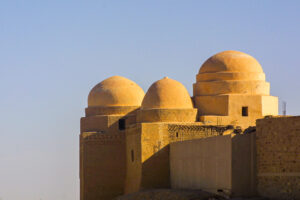
Nefta, Tunisia
Considered to be the spiritual home of Sufism, Nefta in the South-West of Tunisia near the Algerian border is also home to 350,000 date palms.
Rotate to landscape to view slideshow
Dougga is one of the best of the ancient Roman town sites we have seen, a good rival to Ephesus in Turkey.
We visited the site from Le Kef, catching a bus to Teboursouk and then engaging a local to take us the final 10km to the ancient site. There will usually be someone willing to take you to Dougga and return later at an appointed time to collect you.
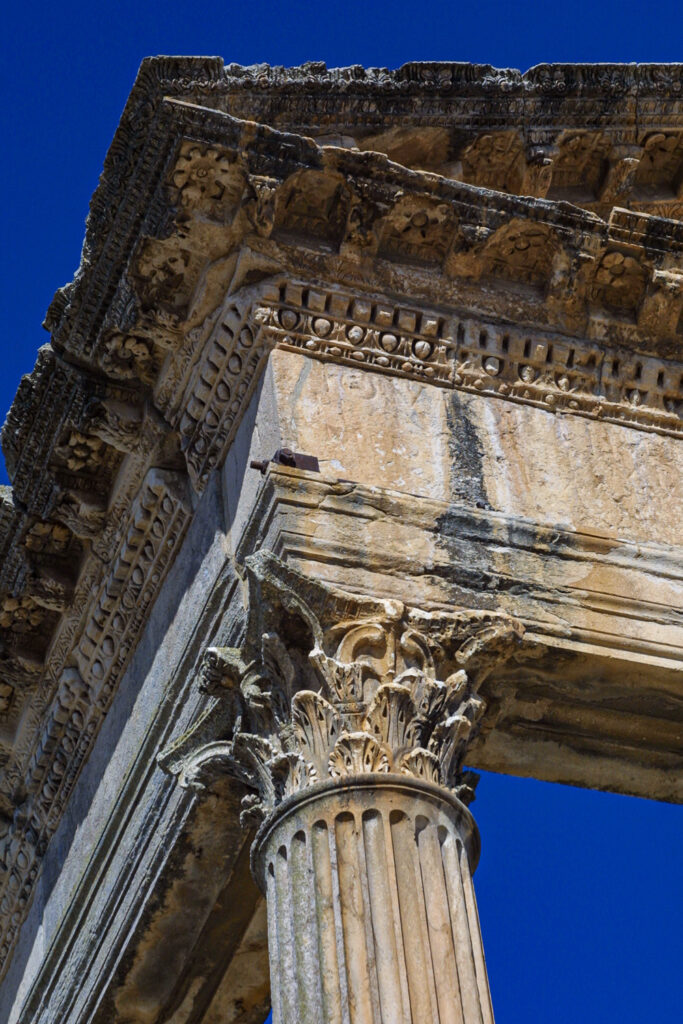
When we arrive at the site we are the only visitors and we take our sandwich up into the huge theatre and enjoy the morning sun and the view out over the valley.
We are joined quickly by the theatre cat who greets us loudly and asks for a morsel. The sandwich filling is tuna with a chilli sauce – and the cat loves it. She finishes up stretched out at our feet, purring loudly.
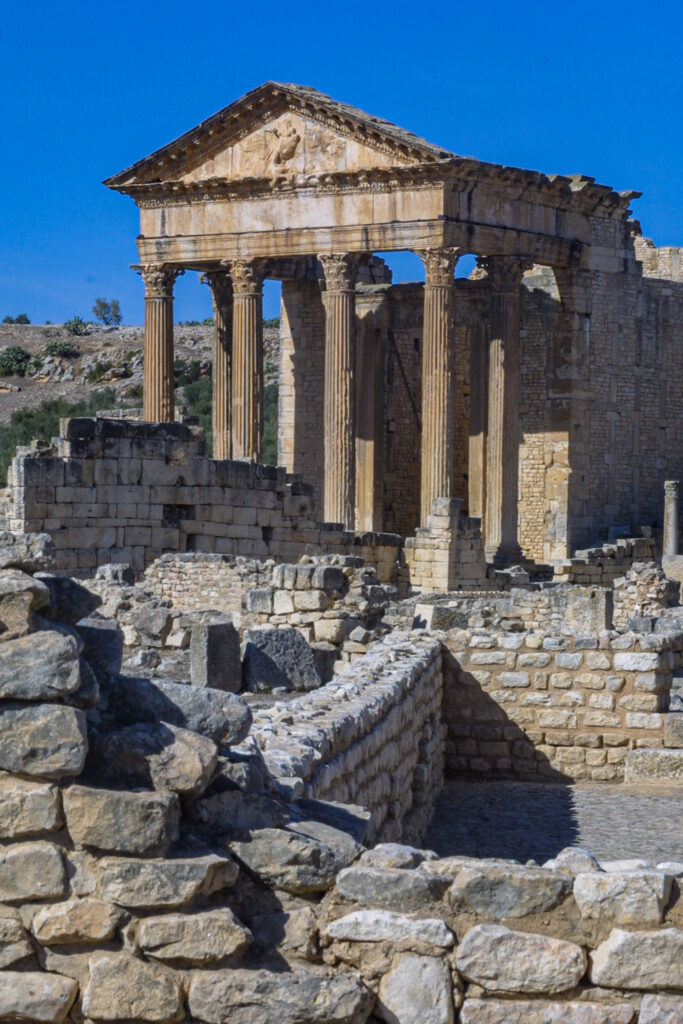
We wander around the ruins with cat in tow but eventually she gets bored. But not us – the Romans arrived in Dougga in the 2nd Century CE when Tunisia represented an important outpost that supplied Rome with many of its needs. The site is well preserved.
There is evidence here of twelve pagan temples (three of which were transformed to Christian churches in the 4th Century AD), three baths, fountains and water tanks, a nymphaeum (a monument consecrated to the nymphs, especially those of water springs), an adqueduct, market areas, several theatres and a circus, triumphant arches, plus several other interesting sights including the “compass of the wind” square.
Dougga was originally a Numidian city (the original inhabitants of the Tunisian area) as far back as 4th Century BC. The Romans developed the city as we see it today.
It had about 5000 residents and was the centre of a rich agricultural area that supplied Rome with wheat, olive oil, wool and wine.
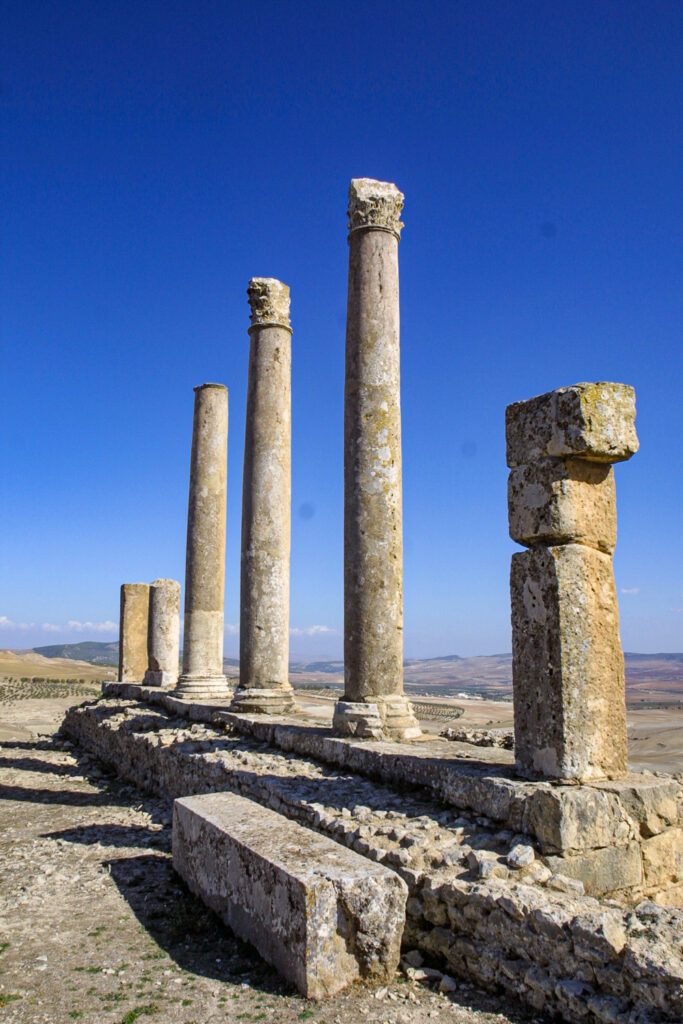
The most famous building on the site is the Capitol. It has a high portico that has six fluted Corinthian columns that lead you into a sanctuary that originally contained statues of Jupiter, Juno, and Minerva. You can look at this temple and it appears almost church-like in its structure.
We were on the site for three hours and could have easily stayed longer but our man has arrived to collect us. Back to Teboursouk and we wait for the bus to Le Kef. We get an offer of a ride in a louage (a shared taxi) which gets us back to Le Kef in time to visit the local ethnographic museum.
Dougga is just one of many ancient Roman sites around Tunisia. If you are looking for Roman ruins, Tunisia is the place to go.

Considered to be the spiritual home of Sufism, Nefta in the South-West of Tunisia near the Algerian border is also home to 350,000 date palms.
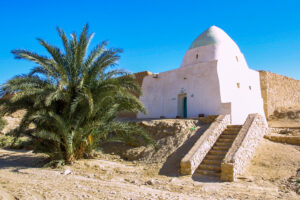
The old village of Tamerza was abandoned in 1969 after 22 days of heavy rain destroyed the traditional mud brick structures.
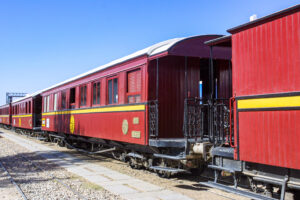
A wonderful old train journey through spectacular gorges and desert scenery in the luxury of a train that once belonged to the Bey of Tunis.
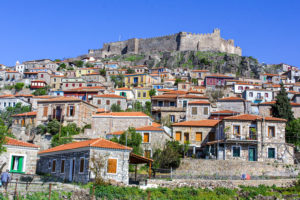
Molyvos, a popular tourist town on the Greek island of Lesbos, retains its links to the traditional past.
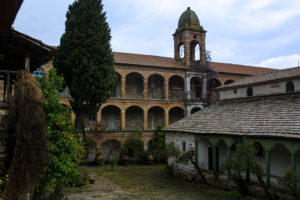
Leimonas Monastery on Lesbos, once as many as 150 monks lived here, but now it is deserted.
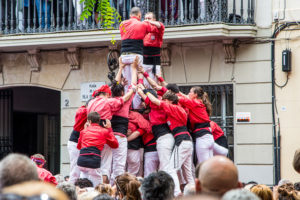
In Plaça de la Vila de Gràcia, Barcelona there’s a clock tower. And occassionally other towers spring up in the square – but these are people towers.